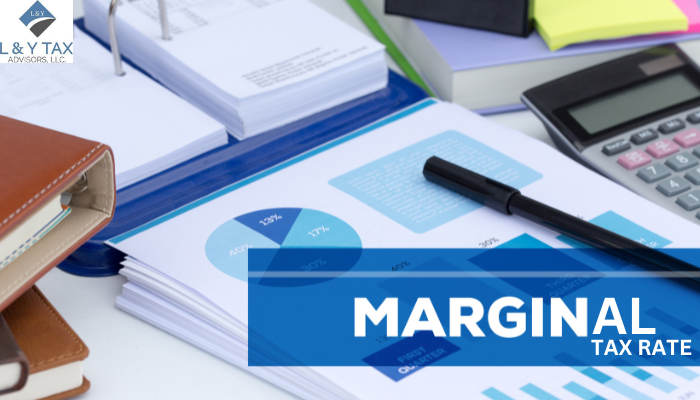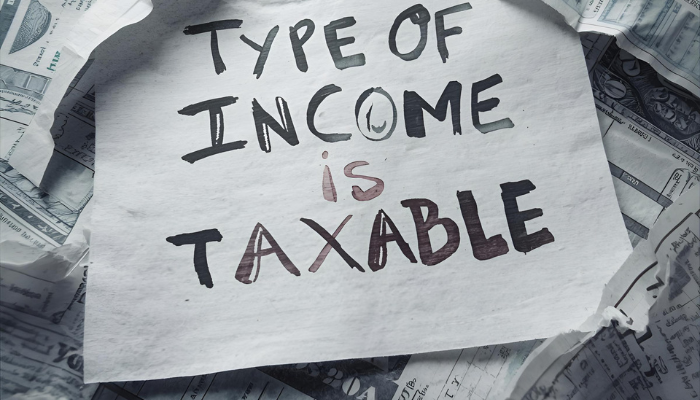
What are Marginal Tax Rates and How Do They Work?
Do you know what are marginal tax rates and how do they work? The tax rate you pay on your highest dollar of taxable income is known as your marginal tax rate. In the US, as an individual’s income grows, so does their federal marginal tax rate.
Effective tax rate is the average rate you pay on all your income. As income rises, the top dollar earned will go into a higher tax rate. This implies that your effective tax rate will probably be lower than your marginal tax rate.
Progressive taxation is the name given to marginal tax rate. Its goal is to tax you according to their income. Resultantly, those with lower incomes would pay less taxes than those with greater incomes.
L&Y Tax Advisor further explains what are marginal tax rates and how do they work in your favor.
What are Marginal Tax Rates?
A marginal tax rate divides taxpayers into tax bands or ranges. When the filer’s taxable income increases, the brackets determine the rate.
As income rises, the last dollar of taxable income will be subject to a higher tax rate than the initial dollar, subject to the lowest tax bracket’s rate. All remaining income is taxed at the rate for the range it falls into, with the final dollar earned taxed at the rate of the highest bracket a taxpayer may achieve.
Laws have the power to alter and impact marginal tax rates. On January 1, 2018, the Tax Cuts and Jobs Act (TCJA) was passed, and the current marginal tax rates were implemented in the US.
The seven-bracket system was retained under the TCJA. However, the income thresholds and tax rate percentages were modified.
Get financial reporting done now!
How do Marginal Tax Rates Work?
Tax Brackets
Under US tax law, income is divided into many tax brackets, each with a unique tax rate. For instance, 10% might be the lowest bracket, followed by 12%, 22%, and so forth until the maximum bracket is reached.
Calculating Your Tax
Your total income is not subject to the rate in the highest bracket. Only income falling within that particular category is subject to that rate.
Example
Suppose that income between $41,776 and $91,900 falls into the 22% tax bracket. You will pay:
- 10% on the part of your income in the 10% bracket.
- 12% on the part in the 12% bracket, and
- 22% exclusively on the part of your income over the lower brackets if you make $50,000.
Get your VAT tax number.
What Is the Difference Between Effective and Marginal Tax Rates?
The effective tax rate is usually lower than the marginal tax rate. It provides a more realistic picture of an individual’s or corporation’s total tax obligation. Their income’s highest tax band is known as the marginal tax rate.
A progressive income tax system, such as the one in the US, taxes income at varying rates that grow when it reaches specific thresholds. The income in the top tax bracket might result in significantly different effective tax rates for two people or businesses having income in the same higher marginal tax band.
Read: How old do you have to be to be a stripper?
The Bottom Line
Now you know what are marginal tax rates and how do they work!
Different tax brackets (with steadily rising tax rates) apply at varying income levels under the marginal tax rate system in the US. You are subject to a specific tax rate for particular income levels that gradually increase in size.
In other words, if you earn $1,000,000, you won’t have to pay the highest tax rate of 37% on the entire amount. Instead, you would pay the marginal rates on income up to $609,350 (for single filers) within each tax bracket. The 37% rate would only apply to the final $390,650.
Click on tax professionals near me to streamline your personal and professional financial matters.


